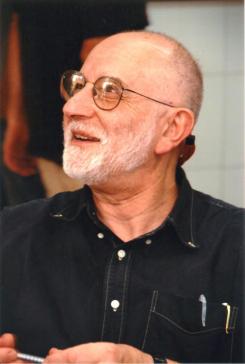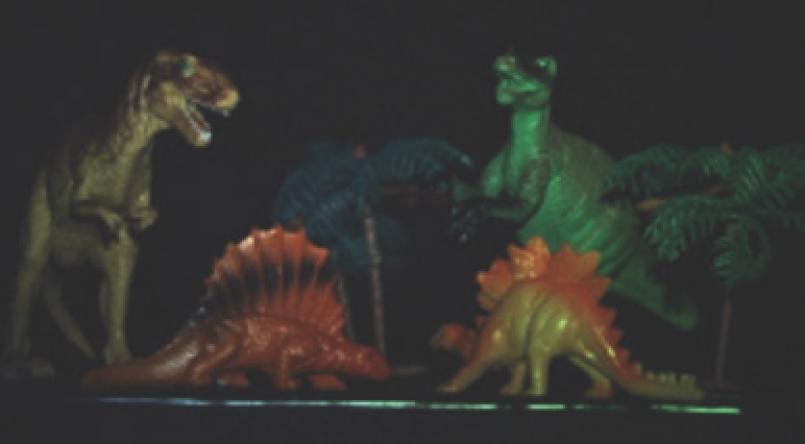9h00-9h30 - Coffee & Welcome
9h30-10h30 - Sir Michael Berry (H H Wills Physics Laboratory, University of Bristol, United Kingdom)

Sir Michael Berry is a theoretical physicist known for his research in the ‘borderlands’ between classical and quantum theories and ray and wave optics. His emphasis is on geometrical singularities such as ray caustics and wave vortices. Michael discovered the geometric phase, a phase difference arising from cyclically changing conditions with applications in many areas of wave physics, including polarisation optics and condensed matter. He delights in finding the arcane in the mundane: mathematical singularities in rainbows and the dancing lines at the bottom of swimming pools; the twists and turns of a belt that underlie the quantum behaviour of identical particles; a laser pointer shone through bathroom window glass to demonstrate abstract aspects of wave interference; and oriental magic mirrors, illustrating the mathematical Laplace operator.
Michael has received numerous awards, including the Maxwell Medal and the Dirac Medal of the Institute of Physics, the Royal Society’s Royal Medal, the London Mathematical Society’s Pólya Prize, the Wolf Prize and the Lorentz Medal. He serves on scientific committees of various institutes and was knighted in 1996.
https://michaelberryphysics.wordpress.com/
Nature’s optics and our understanding of light
Abstract : Optical phenomena visible to everyone abundantly illustrate important ideas in science and mathematics. The phenomena considered include rainbows, sparkling reflections on water, green flashes, earthlight on the moon, glories, daylight, crystals, and the squint moon. The concepts include refraction, wave interference, numerical experiments, asymptotics, Regge poles, polarization singularities, conical intersections, and visual illusions.
10h30 -11h30 - Prof. Miles Padgett ( Kelvin Chair of Natural Philosophy at the University of Glasgow, United Kingdom)

Prof. Miles Padgett holds the Kelvin Chair of Natural Philosophy at the University of Glasgow. He is interested in all things optical both classical and quantum. In 2001 he was elected a Fellow of the Royal Society of Edinburgh (RSE) and in 2014 a Fellow of the Royal Society, the UK's National Academy. In 2009, with Les Allen, he won the Institute of Physics Young Medal, in 2014 the RSE Kelvin Medal, in 2015 the Science of Light Prize from the European Physical Society and in 2017 the Max Born Award of the Optical Society (OSA). He is lead scientist in QuantIC, a £30M investment and one of the UKs four Quantum Technology Hubs. QuantIC links over 100 world-leading quantum scientists/technologists from six UK Universities with global industry leaders to transform imaging across instrumentation, security and industrial sectors.
https://www.gla.ac.uk/schools/physics/staff/milespadgett/
How many pixels does your camera have? Ours has only one !
Abstract : Cameras are often marketed in terms of the number of pixels they have – the more pixels the “better” the camera. Rather than increasing the number of pixels we ask the question “how can a camera work with only a single pixel?”. This talk will link the field of computational ghost imaging to that of single-pixel cameras explaining how components found within a standard data projector, more commonly used for projecting films and the like, can be used to create both still and video cameras using a single photodiode. Such single pixel approaches are particularly useful for imaging at wavelengths where detector arrays are either very expensive or even unobtainable. The ability to image at unusual wavelengths means that one can make cameras that can see through fog or smoke or even image invisible gases as they leak from pipes. Beyond imaging at these unusual wavelengths, by adding time resolution to the camera it is possible to see in 3D, perhaps useful for autonomous vehicles and other robotic applications.


